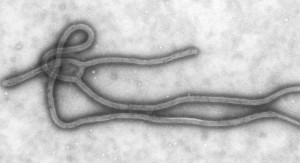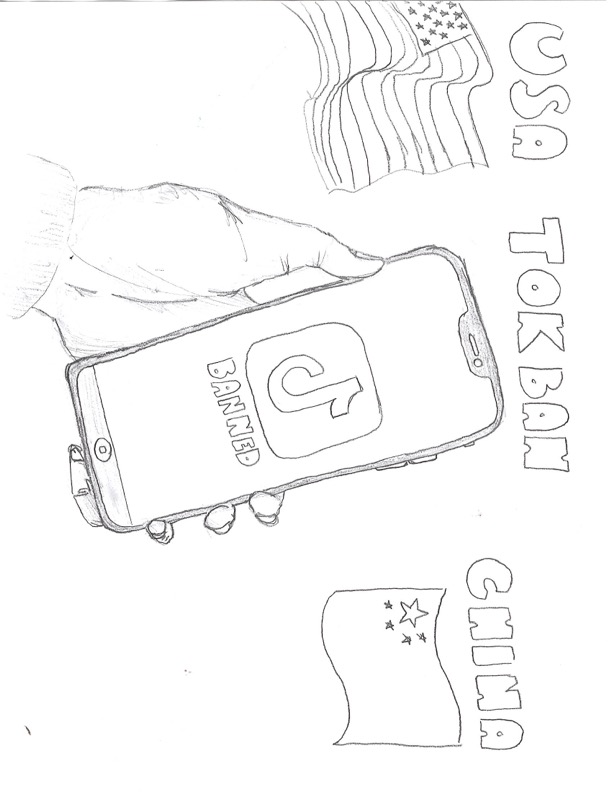
(Source Wikimedia Commons)
By Jake Sell
Talk of Ebola Virus Disease, or simply Ebola, has been spreading faster than the disease itself, and has infected everything from social media to table conversations. News outlets have been feeding off of the newfound disease, but is it really as horrific as it sounds? There have only been 8 cases of Ebola within the United States this year, but the director of the Center of Disease Dynamics, Ramanan Laxminarayan, says Ebola cases may not even reach 20 cases in the United States or Europe due to their cutting edge health care infrastructures. It’s true that the United States has a modern health care system, but many are wondering if its enough to keep the disease at bay. One Liberian man was even sent away from a Texas hospital with nothing more than a pill and the diagnosis of a fever, but came back three days later with severe hemorrhaging, dying about a week after that. Even with proper care, one more ignorant diagnosis could prove to produce a dangerous outcome. Ebola is by no means a new disease, however, and has been around for over 40 years. Originating in West Africa in 1976, Ebola has affected some 14,383 people since its discovery (as of Nov. 11), 14,554 of which have occurred within the last year. Of those 14,554 cases, 5,438 have resulted in death, only two of which were in the United States. The large spike of infections in 2014 is a rather alarming statistic, and has led some experts to believe the virus may be mutating and becoming more infectious. The incubation period, or amount of time it takes to determine if someone is infected after exposure, is 21 days in the case of Ebola. This may be a huge factor in determining whether or not Ebola will take hold in the United States, considering the disease has only been in the country for roughly 2 weeks. The next week or two will truly determine whether or not the disease has the ability to become a major problem in the United States.










